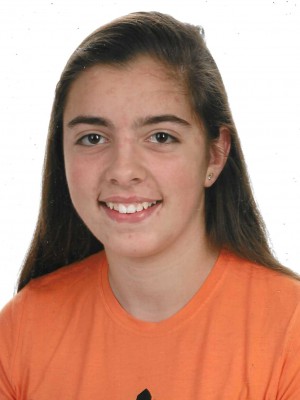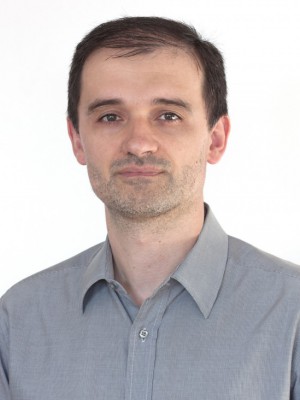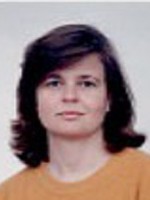abstract
Machine Learning (ML) models were developed in this work to predict self-diffusion coefficients (D11) of dense fluids using four training algorithms: Gradient Boosting, k-Nearest Neighbors, Decision Tree, and Random Forest. A database of 7931 experimental points from 223 substances, at different pressures and temperatures, was used to train the models. From an initial set of 34 input features (variables/properties), the eight most important ones, ranked by decreasing relevance, were: density, acentric factor, temperature, critical temperature, critical volume, number of NH and/or OH bonds, pressure, and number of rotatable bonds. The best performance was achieved by models using the first 5 and 8 input features (ML5-D11 and ML8-D11) using the Gradient Boosting algorithm, for which the average absolute relative deviations (AARDglobal) were 9.06 % and 7.14 %, for the test set. The performance of the ML5-D11 and ML8-D11 models was compared with four phenomenological models - the predictive Zhu et al. equation, the 2-parameters Dymond-Hildebrand-Batschinski correlation, and the 1-parameter and 4-parameters Lennard-Jones correlations (LJ1 and LJ4) - which showed AARDglobal of 104.05 %, 82.94 %, 16.92 % and 7.97 %, respectively, for the same test set. Despite the good results of LJ4 equation, it is worth noting it embodies 4 substance-specific parameters that must be fitted to experimental data in advance. The new ML5-D11 and ML8-D11 models are purely predictive and can be applied to polar/nonpolar, spherical/ non-spherical, and even hydrogen-bonding molecules in liquids, compressed gases or supercritical fluids. The ML5-D11 and ML8-D11 are provided for use as a Python program.
keywords
PERTURBED-CHAIN SAFT; LENNARD-JONES; HARD-SPHERE; DENSE FLUIDS; REAL FLUIDS; VISCOSITY; EQUATION; SYSTEMS; STATE
subject category
Engineering
authors
Dias, AFF; Portugal, I; Aniceto, JPS; Silva, CM
our authors
Projects
CICECO - Aveiro Institute of Materials (UIDB/50011/2020)
CICECO - Aveiro Institute of Materials (UIDP/50011/2020)
Associated Laboratory CICECO-Aveiro Institute of Materials (LA/P/0006/2020)
acknowledgements
This work was developed within the scope of the project CICECO- Aveiro Institute of Materials, UIDB/50011/2020 (DOI 10.54499/UIDB/50011/2020) , UIDP/50011/2020 (DOI 10.54499/UIDP/50011/2020) & LA/P/0006/2020 (DOI 10.54499/LA/P/0006/2020) , financed by national funds through the FCT/MCTES (PIDDAC) . J.P.S.A. thanks FCT (Fundacao para a Ciencia e a Tecnologia) for funding under the Scientific Employment Stimulus-CEEC Individual 2020 (DOI 10.54499/2020.02534.CEECIND/CP1589/CT0014) .





